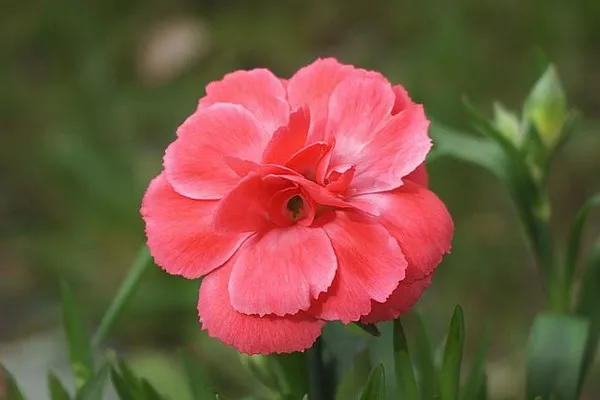Gardening is a rewarding and therapeutic hobby, and one of the most delightful ways to get started is by planting flower seeds in pots. Whether you’re an experienced gardener or a novice with limited outdoor space, container gardening allows you to bring color and life to your surroundings. In this comprehensive guide, we’ll walk you through the step-by-step process of planting flower seeds in pots, from selecting the right containers to caring for your growing blooms.
Choosing the Right Containers
Size Matters
The first step in planting flower seeds in pots is selecting the right containers. The size of your pot will depend on the type of flowers you want to grow. Larger pots provide more space for root development and retain moisture better, while smaller pots are suitable for compact or slow-growing plants. Generally, a pot with a diameter of at least 8-12 inches is a good starting point for most flowers.
Drainage is Crucial
Proper drainage is essential to prevent waterlogged soil, which can lead to root rot. Make sure your pots have drainage holes in the bottom. If your chosen pots don’t have holes, consider drilling some yourself or using a layer of gravel at the bottom to promote drainage.
Selecting the Right Soil Mix
Choose a Quality Potting Mix
Next, choose a high-quality potting mix specifically designed for container gardening. These mixes are well-draining and provide essential nutrients for healthy plant growth. Avoid using garden soil, as it may compact in containers, impeding water drainage and root development.
Planting Your Flower Seeds
Sow at the Right Depth
Each type of flower seed has specific planting depth requirements, so be sure to read the seed packet instructions. In general, small seeds should be sown shallowly, while larger seeds can be planted deeper. As a rule of thumb, plant seeds at a depth of two to three times their diameter. Use a small stick or your finger to create holes in the soil for the seeds.
Spacing is Key
Proper spacing ensures that your flower seedlings have enough room to grow without overcrowding each other. Refer to the seed packet for spacing recommendations. If you’re unsure, a general guideline is to space seeds or seedlings about 2-3 inches apart.
Gently Cover and Water
After placing the seeds in their designated spots, gently cover them with soil. Press the soil down lightly to ensure good seed-to-soil contact. Water the pots thoroughly but gently using a watering can with a fine spray or a misting nozzle. Be careful not to dislodge the seeds while watering.
Provide Adequate Light
Find the Right Location
Place your pots in a location that receives the appropriate amount of sunlight for the flower species you are growing. Most flowering plants thrive in full sun, which means they should receive at least 6-8 hours of direct sunlight per day. Some flowers can tolerate partial shade, so be sure to research the specific requirements of your chosen flowers.
Watering and Maintenance
Consistent Watering
Maintaining the right moisture level is crucial for the success of your potted flowers. Water your pots when the top inch of soil feels dry to the touch. Be cautious not to overwater, as this can lead to root rot. Use a saucer or tray under the pots to catch excess water and prevent staining on surfaces.
Fertilize as Needed
To ensure your flowers receive adequate nutrients, consider using a balanced, slow-release fertilizer or a water-soluble fertilizer as directed on the label. Generally, a monthly application during the growing season should suffice. Always follow the manufacturer’s instructions to avoid over-fertilization, which can harm your plants.
Pruning and Deadheading
As your flower seedlings grow, some maintenance is required. Pruning dead or spent flowers, known as deadheading, encourages new blooms and prevents the plant from wasting energy on seed production. Use clean pruning shears or your fingers to remove dead or faded flowers regularly.
Pest and Disease Control
Monitor for Pests and Diseases
Regularly inspect your potted flowers for signs of pests or diseases. Common issues include aphids, spider mites, and fungal infections. If you notice any problems, address them promptly with appropriate treatments. Organic solutions, such as neem oil or insecticidal soap, are often effective and less harmful to the environment.
Conclusion
Planting flower seeds in pots is a delightful and accessible way to bring natural beauty to your living space. By selecting the right containers, using quality potting mix, and providing proper care, you can enjoy the satisfaction of nurturing your own blooming paradise. Remember that patience and consistent attention are key to achieving a vibrant and thriving potted garden. With the guidance provided in this article, you’ll be well on your way to cultivating a colorful and fragrant oasis right outside your door. Happy gardening!


